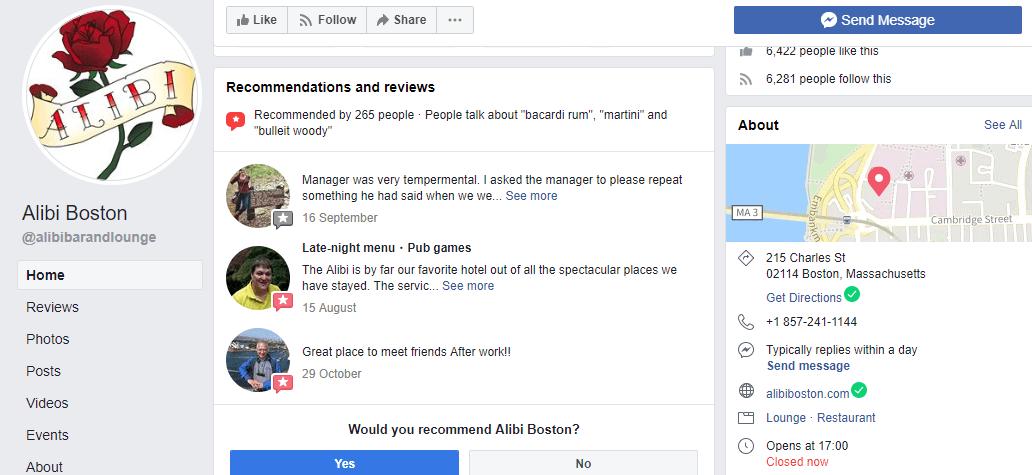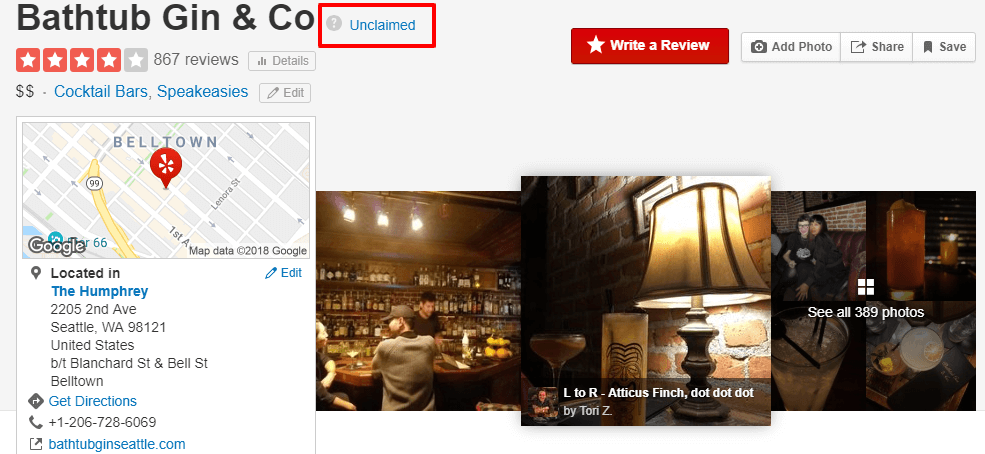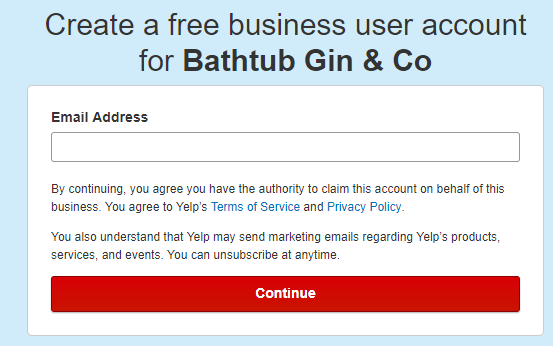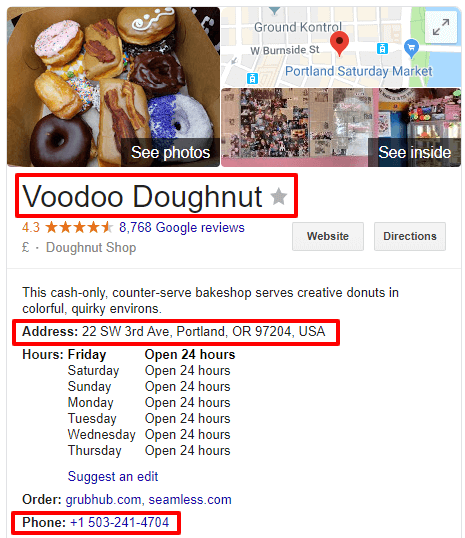
Managing Local Citations When a Business Moves Location
So you’ve got a long list of citations across all of the cities your business operates in, and now one of your offices has moved location. It may not be far from your previous base, but you’ll still need to update the relevant citations.
If you only have a few citations referring to the office in question, then it’s not a big deal, but businesses will rarely have just a couple of citations. If anything, it’s likely you’ll have hundreds of citations for each location.
The whole situation can seem really disheartening because while citations aren’t difficult to change, they sure do take a lot of time to manage. And, let’s face it, it can be a pretty dull job.
Does the above scenario sound like something you’re experiencing? If so, you’ve come to the right place. I’m about to take you through the steps required to effectively update your citations, now that one of your business locations has moved. This guide will ensure that all the information you decide to include is correct, and it will make it easier to manage your citations should your business decide to relocate again in the future.
1. Gather a List of Your Citations
While there are online tools out there that can automatically gather your list of citations for you (and handily tell you which information — if any — is missing), I’m going to assume that you don’t have access to any of these tools.
Now, in an ideal world, you would be able to easily access a list of your business’ citations, with whoever originally listed your business deciding to make it simple for everyone to access in the future. In real life, though, that’s probably not the case. And even if there was a spreadsheet that was created at the time of citation building, it could’ve been so many years ago that the information simply got lost over time.
That’s not to say you shouldn’t start by searching the depths of your company’s shared folders, just on the off-chance there’s a document with all the answers — but don’t be disheartened if there isn’t. When are things ever that simple?
When you need to update your client’s citations, you’ll likely be using SEO software that enables you to track links. However, even if you aren’t, you can still discover your list of citations for free.
Head on over to Google Search Console, click on ‘Links’ (under ‘Manual Actions’) and ‘Top Linking Sites’. You’ll now have a list of every single website that links to yours.
Scroll through the list of URLs to see which business directories are currently linking to you (Yelp and Foursquare are two of the big ones).
Now, you have two options here: you can either copy and paste the URL of the business directory (which will be the homepage) to your spreadsheet, or you can click on the URL, search for your business, and then copy and paste the URL that takes you directly to your listing.
When searching and gathering your list of citations, don’t forget that it’s not just business directories you’re looking for. Your social media channels (e.g. Facebook and LinkedIn) will list your address, as will your Google Business Profile (GBP) account, Bing Places, and any other local directory you’re present on).

2. Review the Most Important Citations
The likelihood is that you’ll have hundreds of citations that you’ll need to update to your office’s new location, which means that amending them all is going to take time.
If there’s a team of you who can tackle the citations all in one go, then that’s great — but if it’s just you on your own, then you’ll need to prioritize.
Does one particular citation drive a lot of traffic to your website, or generate a notable number of calls or visits to your store? If so, start with that one. However, realistically most businesses build citations to increase the number of links to their website, without much (if any) traffic being generated.
If the second scenario is the case, then the way you prioritize your citations will be different. The domain rating (DR) or domain authority (DA) — depending on which one you measure — are what you should be looking at. Facebook, GBP, LinkedIn, Yelp, Foursquare, Yellow Pages, and Yahoo Local all have extremely high DRs and are the ones you should be targeting first.

3. Update Your Spreadsheet
After following the first two points, you should now have a long list of citations that need updating to reflect your office’s new location, in the order that you’ll tackle them.
Don’t stop there, though! As you’re updating your citations, make sure you update your spreadsheet so that anyone who accesses it can easily tell which ones have been updated and which ones haven’t. Including the date that you actioned each one can be extremely helpful, too.

Another thing that’s safe to assume is that it’s unlikely you’ll have the passwords for all of your citations. However, this isn’t an issue either — you’ll just need to claim your listings.
For the majority of listings, there will be a button that says ‘unclaimed’ or ‘claim your listing’. Click on it and follow the instructions. Usually you just need to make an account, but in some cases, you’ll need to verify your location by having a code sent to you, usually via a phone call or postcard.
When it comes to GBP, you can simply log in and change your address. If you don’t have the login details, you’ll need to request access from the current listings owner or report the incorrect address to Google Maps directly.
The one thing you should avoid doing when changing your address in GBP, though, is to create a new listing. If you do this, you’ll end up with duplicate listings, which can be very damaging. If this does happen, you can remove any unverified listings yourself. However, if you’ve somehow ended up with more than one verified GBP listing, you’ll need to contact Google.
4. Check the ‘N’ and ‘P’ in ‘NAP’
Every single SEO expert should know the NAP acronym! When you’re updating your business address, you should also check the name and phone number to ensure they’re both still correct.
For most businesses, citations are typically created in one go as part of a link-building initiative, never to be looked at again. This means that until you realized you had to amend your address, it’s possible your citations hadn’t been looked at in years!

While you’re updating your office’s new location, it makes sense to check the name and phone number listed to ensure they’re still correct.
Another thing to check is your opening hours. After all, how many times have you opened up Google Maps or Apple Maps to see what time the store you need to visit is closing? How annoyed would you be if you were told you the shop was closing at 6pm and you arrived at 5.30pm to find it already shut? You don’t want to do that to your potential customers.
It takes just a few seconds to check this information and update it if it’s missing or wrong, so it makes sense to include it in the process of managing your citations.
5. Keep a List of Passwords
Having gone through the process of claiming each business listing individually, you’ll appreciate how much simpler it would have been had you had a list of passwords to hand.
Make it easier for the next person who’ll have to go through your citations (you never know, it could still be you!) and note down the passwords on your spreadsheet. Also include the relevant email address. I would suggest using a generic business address such as [email protected], instead of your personal business address.
6. Find New Citation Sites
Once you’ve updated your current list of citations, it’s useful to check if there are any other citation sites you could list your business on. If you’re moving locally, it’s likely you’ll have all bases covered, but there’s no harm in checking.
Aside from a simple Google search, the easiest way to find new sites is to see where your local competitors are listing themselves. The more business directories you list your business on, the more brand awareness you’re raising and the more links you’re driving to your site. As we all know, more links can help you to rank higher in search engine results.
When your business moves locations, it’s an exciting yet stressful time, and citations form just one tiny aspect of the move.
While they aren’t difficult to update, the process can soon become very time-consuming. These steps will ensure you’ve updated all of your citations. Also, you’ll have created a central document that has all the information required to update citations again in the future!